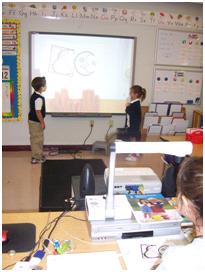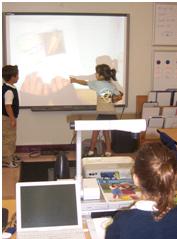Literature
Southfields Community College – UK
The lesson objective: Reading comprehension of the BFG
During class reading, one copy of the class novel was retained by the teacher and the displayed on the visualiser. Students had the choice of reading from their own texts or read from the board. In cases where there were insufficient copies of texts, more focused students read from the board. Teacher used a pen to indicate the place in the text. This approach was adapted for several KS3 classes during their weekly reading lessons.
Outcomes: Students were clear on where in the text they were, meaning fewer halts in continuity from new readers having lost their place. Students who had lost their place were easily reoriented to the text. This again ensured a better flow, therefore maintaining better focus for the class as a whole. Several normally less engaged students responded positively to the novelty of reading from the board. Their focus was more sustained and they took their reading more seriously. In several cases, it seemed that they were responding to the fact the on-board text made reading a more of a performance.


Sheen Mount Primary School – UK, London
The lesson objective: To know the correct layout and structure of a letter.
How the visualiser was used: The Visualiser was used by the teacher to demonstrate how structure a letter written from the Lighthouse keeper to the seagulls. The teacher had a prepared letter with lots of errors in it and it was shown to the children. They were asked to identify good aspects of the letter e.g. handwriting, punctuation, spelling, layout and grammar. Children were shown how to highlight areas which needed to be developed e.g. underlining spelling which needed to be checked, locating where full stops and capital letters were or should be. The children were then able to go and write their own letters using the structure shown to them.
The benefits of the Visualiser/Document camera to teaching & learning:
- Enabled all of the children to see what was being demonstrated by watching on a large screen.
- Children were able to observe the correct way to write a letter.
- Children were able to refer back to the big screen if they were having difficulties or needed reminding how to set out particular aspects.
- Misconceptions were able to be discussed, shown and corrected on a large screen. E.g. correct spelling patterns, letter formation etc.
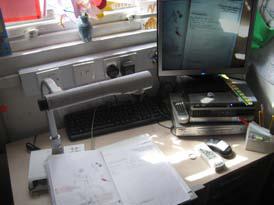
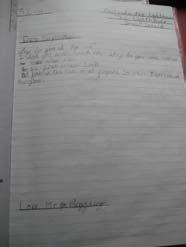
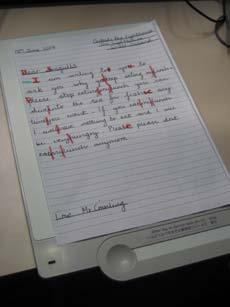
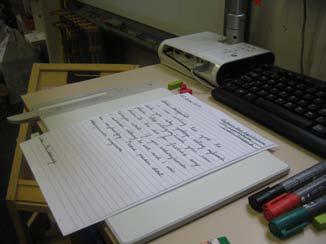
Country Isles Elementary School – USA, Florida
The lesson objective: To identify and review slight words.
How the visualiser was used: Three students are assigned to go to the ELMO center to use the ELMO document camera. One of the three students is in charge of selecting one of their sight word readers and placing the book (to a page of their choosing) under the ELMO document camera. The other two students have their back to the board and wait for first student to place his/her chosen sight word reader to a page of their choosing and point to a sight word. When the first student has selected a word to point to, he/she advices the other two students to turn around and look at the projected image of the book and the word that he/she is pointing to.
The benefits of the Visualiser/Document camera to teaching & learning:The first of the two students who identifies the sight word gets two points. The student who did not identify the word first gets an opportunity to earn one point by spelling the sight word. The first student to get ten points, then has the chance to be the next child to choose the sight book reader and point to a word. Regardless of how many points are earned on the second round, the student who did not have a chance to be the one to choose the sight word reader and point to a word is the next to have a chance.
